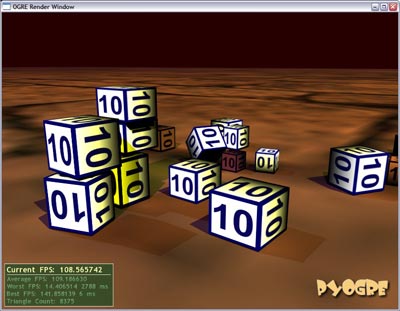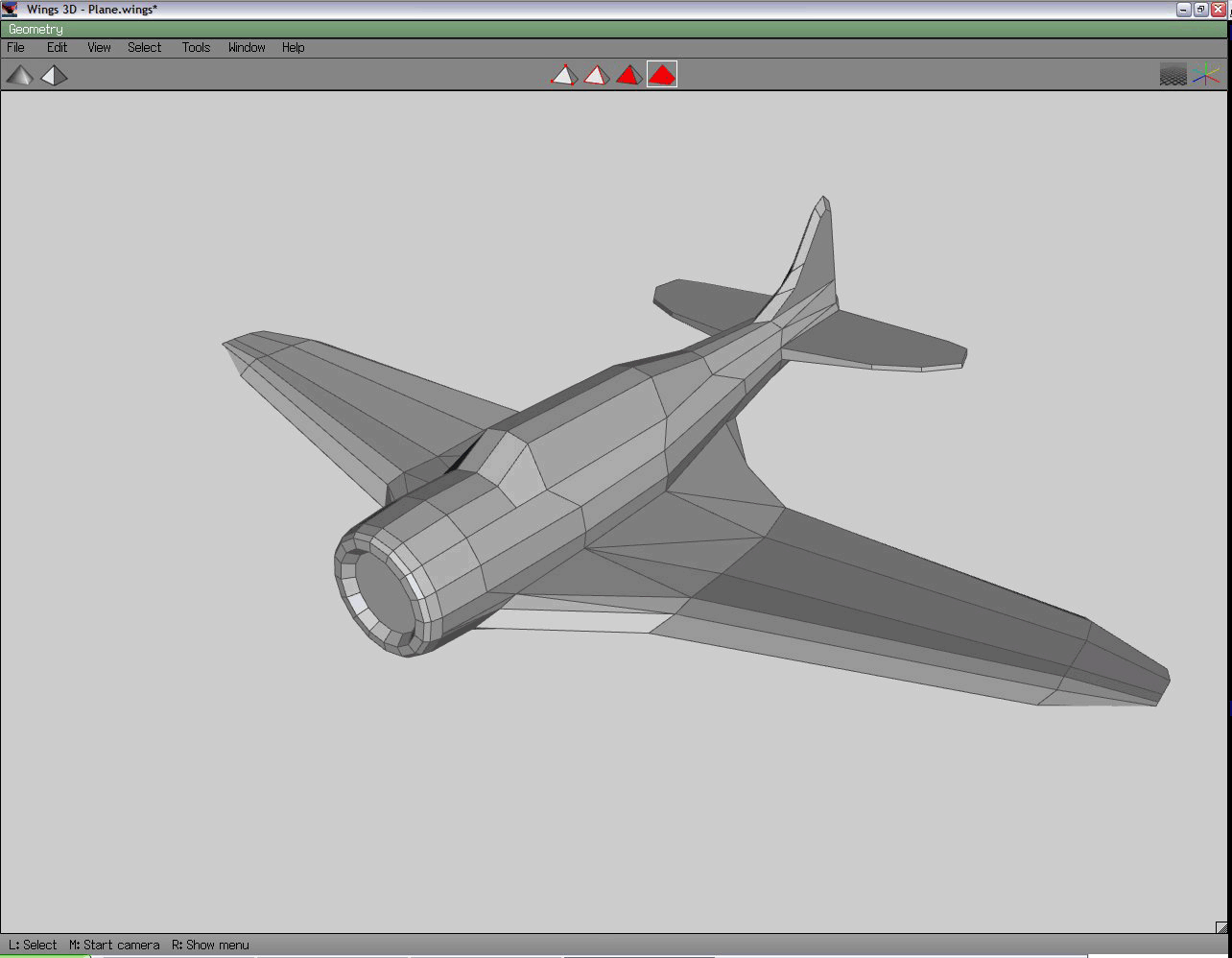I’ve had to do quite a bit of stuff with images in Delphi recently (lots of manual drawing too), and discovered TCanvas’ TextOut method will only draw text onto one line, line breaks and newlines are ignored. Google search results suggested Windows’ DrawText function, however despite all the formatting and alignment flags it takes, it refused to draw text centred vertically.
Anyway, here’s a small-ish procedure which will take your multi-line text, and draw it centred on the canvas you pass it. You also need to pass the width and height of the canvas you’re drawing to. It assumes the font can everything else has been set by you, prior to calling it. Also, be sure “Graphics” is in your “uses” section.
procedure multilineCanvasText(canvas: TCanvas; text: String; width, height: Integer);
var
textSize: TSize;
lines: TStringList;
i, blockHeight: Integer;
begin
// lazy man's way of splitting text by line into a list (split by #13#10)
lines := TStringList.Create;
lines.Text := text;
// see how high our block of text is going to be, based on the font the canvas
// currently has set
textSize := canvas.TextExtent('LOZL!');
blockHeight := textSize.cy * lines.Count;
blockHeight := blockHeight;
// go through each line and output it
for i := 0 to lines.Count - 1 do
begin
// we need the width of each line, so we can center it on the canvas
textSize := canvas.TextExtent(lines[i]);
// render the text
canvas.TextOut((width div 2) - (textSize.cx div 2),
(height div 2) - (blockHeight div 2) + (textSize.cy * i),
lines[i]);
end;
freeAndNull(lines);
end;


